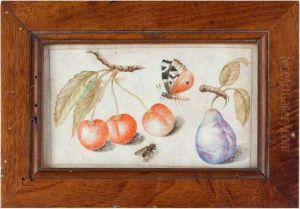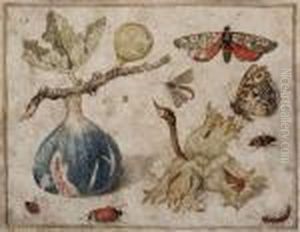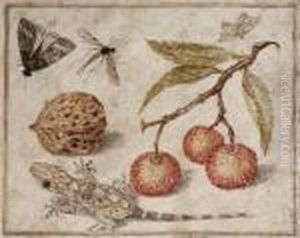Fra Francesco Maria Da Ripatransone Paintings
Fra Francesco Maria da Ripatransone, born Filippo Amadei in 1695, was an Italian friar and painter primarily active during the 18th century. He belonged to the Franciscan Order and was known for his religious works and dedication to ecclesiastical art. His artistic career was largely influenced by the Baroque style, which was prevalent during his time, characterized by dramatic expression, rich colors, and a dynamic use of light and shadow.
He took the name Fra Francesco Maria upon entering the Franciscan Order and added 'da Ripatransone' to denote his origin from the town of Ripatransone, in the Marche region of Italy. Although not as widely recognized as some of his contemporaries, his contributions to religious art in his region were significant. He decorated many churches and convents with his paintings, which often depicted scenes from the life of Christ, the Virgin Mary, and the saints.
The details of his training and early career are not thoroughly documented, but it is clear that he was part of the artistic milieu of the time and would have been familiar with the works of other Baroque artists who influenced his style. His works are noted for their devotional intensity and the ability to inspire piety among the faithful. Fra Francesco Maria was also known for his skill in creating frescoes, a technique that involves painting on freshly laid lime plaster, which was a popular method for decorating the walls and ceilings of churches during the Baroque period.
He died in 1774, leaving behind a legacy of religious art that continues to be appreciated for its craftsmanship and spiritual depth. His works remain an important part of the cultural heritage of the regions where he was active, serving not only as artifacts of the Baroque era's religious art but also as testaments to the enduring nature of faith-inspired creativity.


